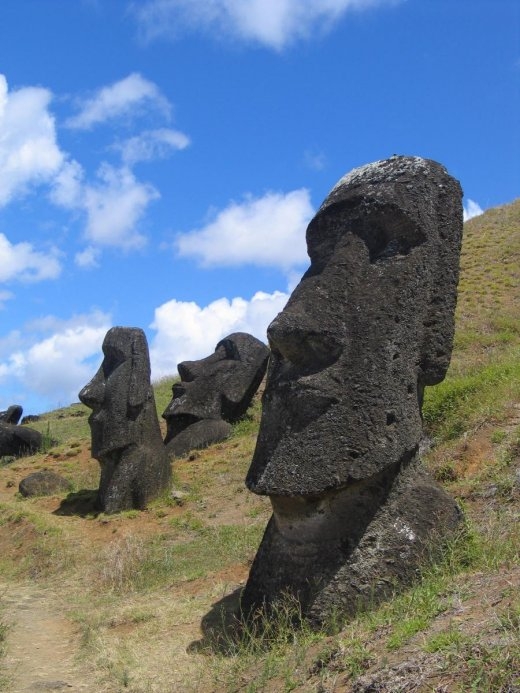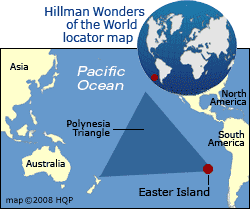
BBC: A drug discovered in the soil of a South Pacific island may help to fight the ageing process, research suggests. When US scientists treated old mice with rapamycin it extended their expected lifespan by up to 38%. The findings, published in the journal Nature, raise the prospect of being able to slow down the ageing process in older people. Rapamycin was first discovered on Easter Island in the 1970s.
It is already used to prevent organ rejection in transplant patients, and in stents implanted into patients to keep their coronary arteries open. It is also being tested as a possible treatment for cancer. Researchers at three centres in Texas, Michigan and Maine gave the drug to mice at an age equivalent to 60 in humans. The mice were bred to mimic the genetic diversity and susceptibility to disease of humans as closely as possible. Rapamycin extended the animals’ expected lifespan by between 28% and 38%.
The researchers estimated that in human terms this would be greater than the predicted increase in extra years of life, if both cancer and heart disease were prevented and cured. Researcher Dr Arlan Richardson, of the Barshop Institute, said: “I’ve been in ageing research for 35 years and there have been many so-called ‘anti-ageing’  interventions over those years that were never successful. “I never thought we would find an anti-ageing pill for people in my lifetime; however, rapamycin shows a great deal of promise to do just that.” MORE
interventions over those years that were never successful. “I never thought we would find an anti-ageing pill for people in my lifetime; however, rapamycin shows a great deal of promise to do just that.” MORE
WIKIPEDIA: The large stone statues, or moai, for which Easter Island is world-famous, were carved during a relatively short and intense burst of creative and productive megalithic activity. A total of 887 monolithic stone statues have been inventoried on the island and in museum collections.[24] Although often identified as “Easter Island heads”, the statues are actually complete torsos, the figures kneeling on bent knees with their hands over their stomach. Some upright moai have become buried up to their necks by shifting soils. The period when the statues were produced remains disputed, with estimates ranging from 400 CE to 1500–1700 CE. Almost all (95%) moai were carved out of distinctive, compressed, easily worked volcanic ash or tuff found at a single site inside the extinct volcano Rano Raraku. The native islanders who carved them used only stone hand chisels, mainly basalt toki, which still lie in place all over the quarry. The stone chisels were re-sharpened by chipping off a new edge when dulled. The volcanic stone the moai were carved from was first wetted to soften it before sculpting began, then again periodically during the process. While many teams worked on different statues at the same time, a single moai would take a team of five or six men approximately one year to complete. Each statue represents a deceased long-ear chief or important person. MORE
